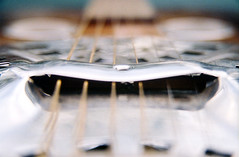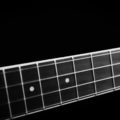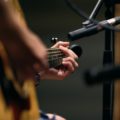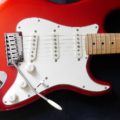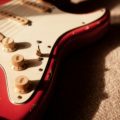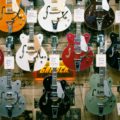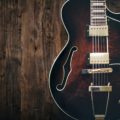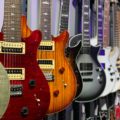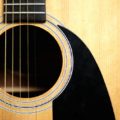In recent years, there has been a significant increase in the popularity of “unplugged” performances. These shows, as the name suggests, feature artists playing acoustically in small venues for a small audience. One interesting aspect of these performances is that sometimes, the artists play electric guitars without using amplifiers. The irony, of course, is that electric guitars were specifically designed to be used with amplifiers so that the music can be heard.
It seems that we have come full circle. An unplugged performance, in my opinion, is an attempt by both the artist and the audience to “get back to the music.” And there’s nothing wrong with that. But the reason why both the venue and the audience are small is that if they were not, nobody could hear anything. The fact remains that electric guitars are designed to be used with amplifiers. If they’re not, it’s very difficult to hear what is being played because (most) electric guitar How to Buy a Guitar - The guitar is known for its dynamic and unique sound, making it a popular instrument in various genres of music. Whether you're a beginner or someone with a growing passion for guitar playing, here are some top tips for buying a guitar: Seek out advice. Start by seeking guidance from someone you know who has… bodies are solid, rather than hollow like that of an acoustic instrument. So while unplugged performances may have creative merit, they cannot utilize one of the electric guitar’s most powerful and important assets: the amplifier.
A guitar amplifier is simply an electronic amplifier designed for use with an electric guitar. An electronic amplifier, therefore, is a device designed to increase the power and amplitude of the signal. In this case, that signal is received from the guitar. Guitar amplifiers have been around since the early 1930s, primarily used with lap steel guitars in Hawaiian music. In the mid-1950s, due to the rise of rock and roll, the electric guitar took off and so did its amplifiers. Today, it’s impossible to imagine contemporary music without the use of these devices.
Today, there are two general types of guitar amps. The first is the combination, or “combo,” amplifier, which includes the amplifier head and guitar speakers in one unit. The amplifier head contains the electronic circuitry constituting the preamp, built-in effects processing, and power amplifier. The other type of amplifier consists of two separate speakers connected by wires. In this form, the amplifier head is housed in one unit while the guitar speakers are in the other. The unit with the head is typically placed above one or more guitar speakers.
Among the two general types of amps, there are several subcategories favored by different genres and instruments. Traditional amps, known for their clean, warm sound, are typically used by rock, blues, country, indie, and alternative bands. Hard rock-style amps, as the name suggests, are used by hard rock, metal, and punk artists and often include a number of distortion effects and preamp controls. Bass amps have extended bass response and tone controls that optimize a bass’s sound. Finally, acoustic amps, an apparent contradiction in terms, are designed to be used with acoustic instruments that have built-in pickups or microphones.
Manuel Marino is a seasoned Senior Producer, Music Composer, and Artist with over a decade of experience. He specializes in branded entertainment across various mediums, including video games, films, and advertising campaigns. With 20+ years as a game music composer, Manuel has worked on numerous platforms, creating diverse orchestral soundtracks. HIRE ME


 Manuel is a passionate, driven, and techsavvy AV technician,
Manuel is a passionate, driven, and techsavvy AV technician, 